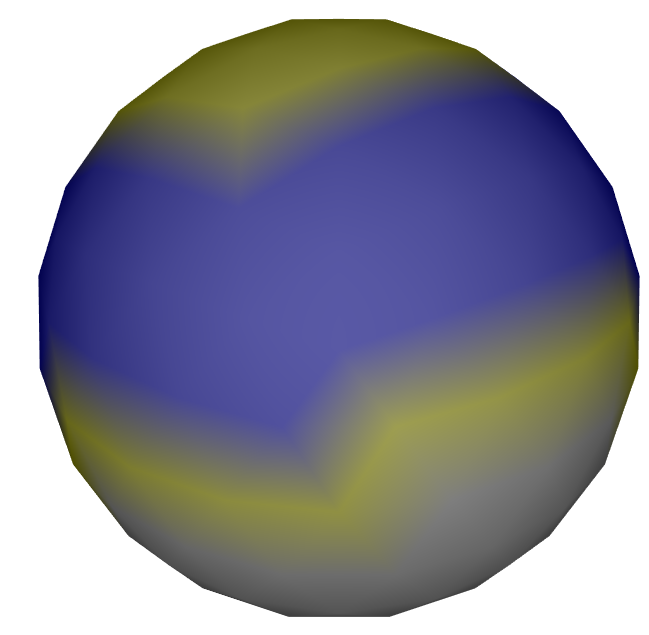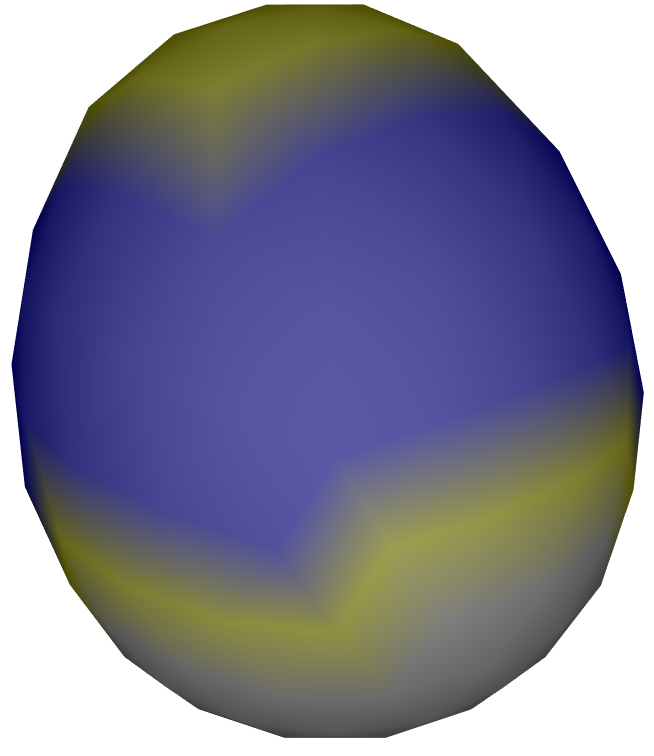laplacian-deformation v3.0.0
laplacian deformation module

This module implements laplacian surface editing. This technique allows you to deform the surface of a mesh, while still preserving the details of the surface. We implement this by minimizing the energy function (5) in the linked paper.
To run a minimal example do:
npm run minimalTo run a more advanced demo do:
npm run startIn our current API, we load the module as
require("laplacian-deformation").load(function(initModule,prepareDeform, doDeform, freeModule) {
// code that uses the API here.
}The API consists of four methods. We describe them below.
initModule(mesh)
initializes the module for doing deformation on mesh. Must be called
before any other methods in the API.
prepareDeform(handles, unconstrained)
Does precalculations necessary for performing deformation on a region of vertices of the mesh. Note that this is a slow operation that performs performs a cholesky decomposition!
handlesvertices that can be freely manipulated and moved by the user of the library.unconstrainedthese are vertices that are free, and are solved for in the laplacian deformation calculations.
Some images will serve to clarify the meaning of the above parameters.

In the image, handles is yellow, unconstrained is blue, and the gray region are vertices not affected by the
deformation. Only yellow and blue vertices are affected by the deformation, so these are in the region of deformation.
Note that the user is expected to specify boundary vertices that specify the end of the region of deformation.
In the above image, these boundary vertices are the yellow vertices above the gray vertices, and these boundary
vertices are part of the handles vertices. So their positions can be manipulated as well.
The user of the library deforms the mesh by setting the positions of
the handles vertices by calling doDeform. One possible
deformation can look like the below:

It is shown in minimal/minimal.js how this deformation was done.
deDeform(handlesPositions)
After calling prepareDeform(), we can use doDeform() to specify
the positions of the handles vertices, and thus deform the
mesh. The function returns the vertex coordinates of the deformed mesh. We can call
this function as many times as we want after calling prepareDeform.
In difference to prepareDeform, this is a very fast operation.
handlesPositionsis simply an array of coordinates of the format[[x,y,z], [x,y,z], ...]. The first coordinate sets the positions of the handlehandles[0], and so on.